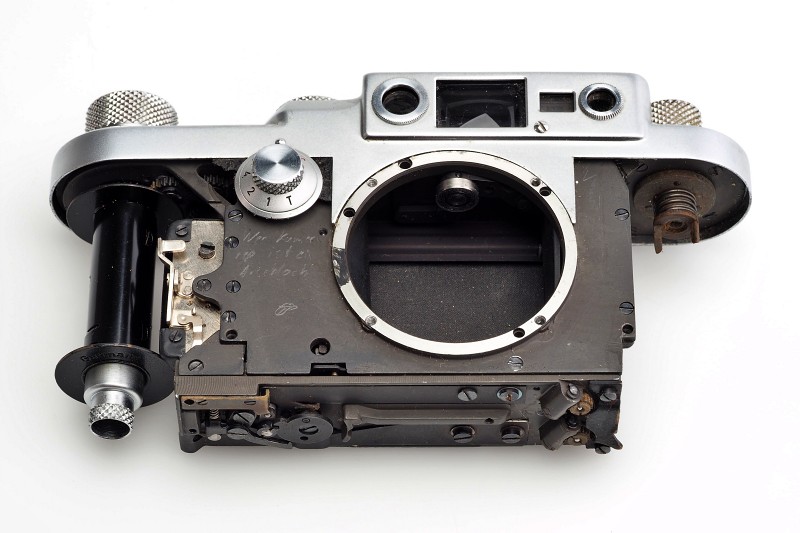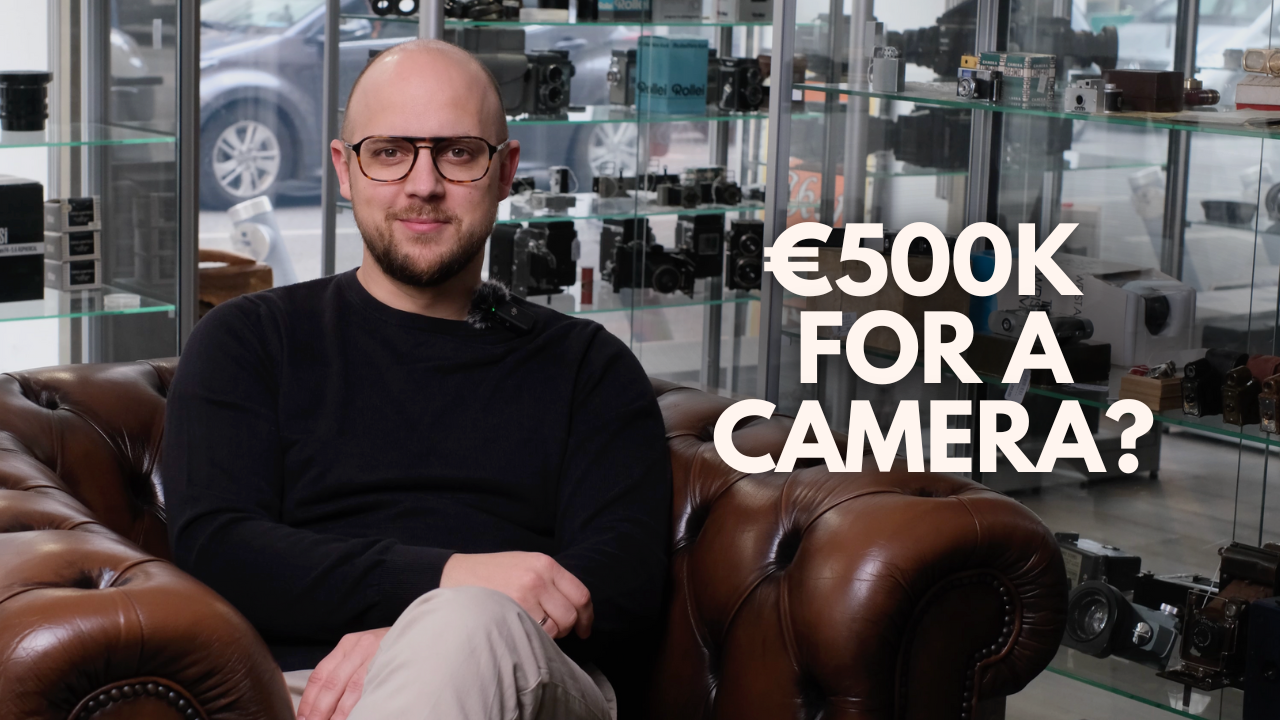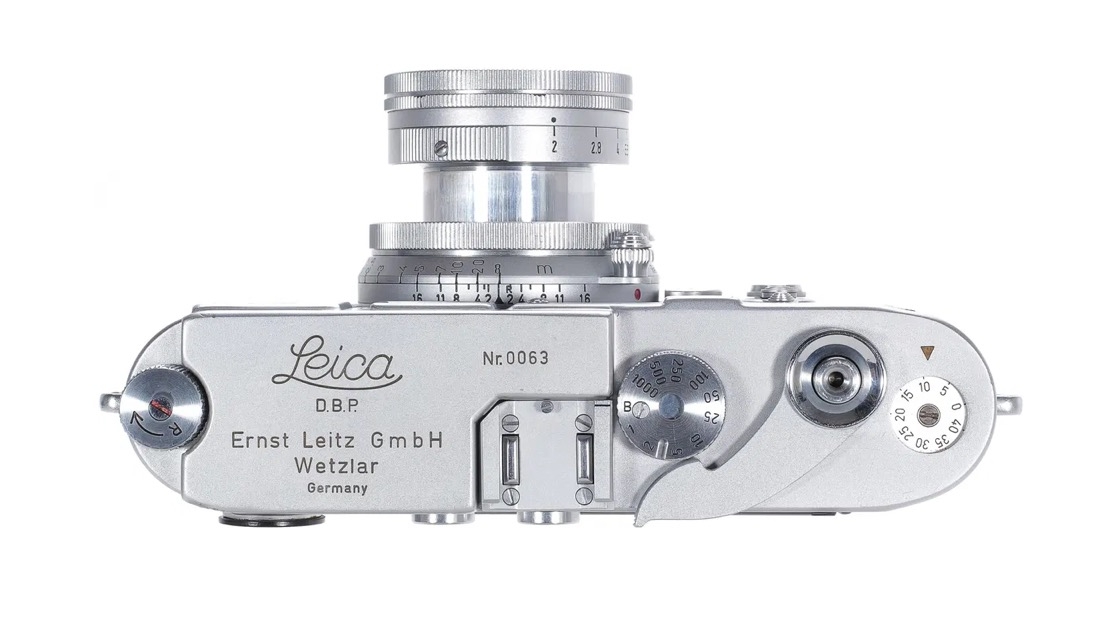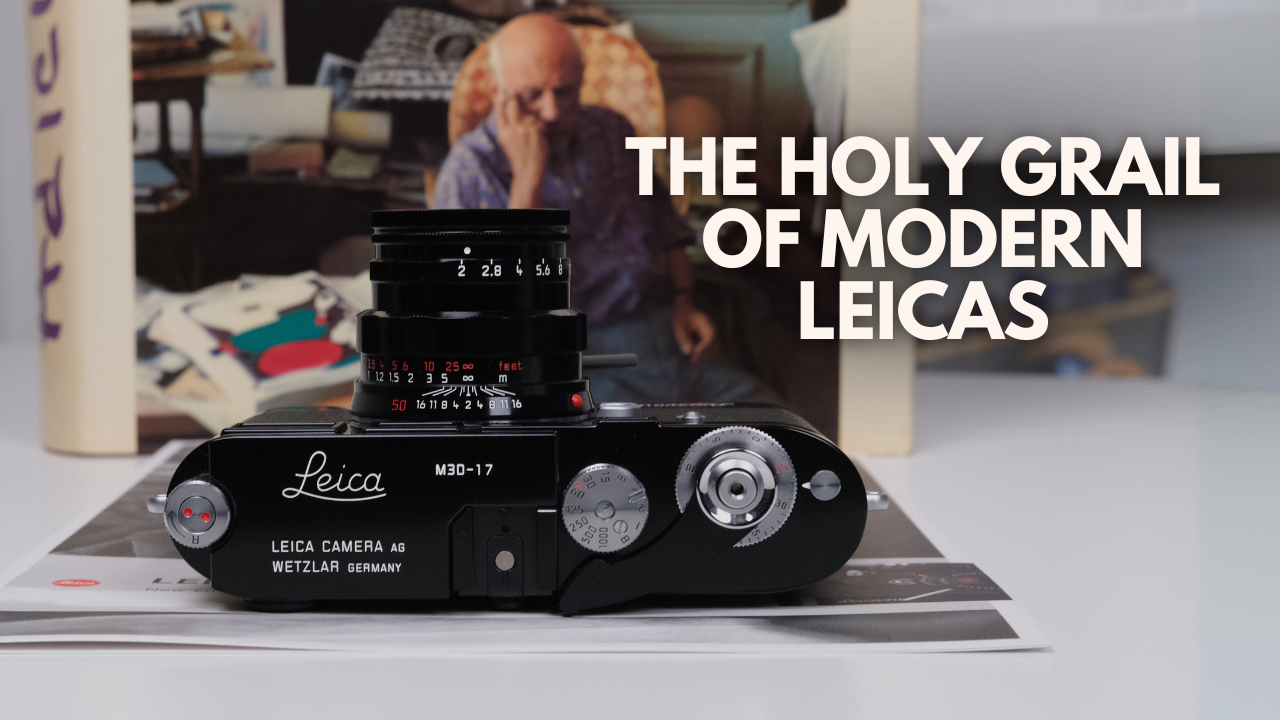TTartisan M 28mm f/5.6 Lens Review - Stefan Czurda
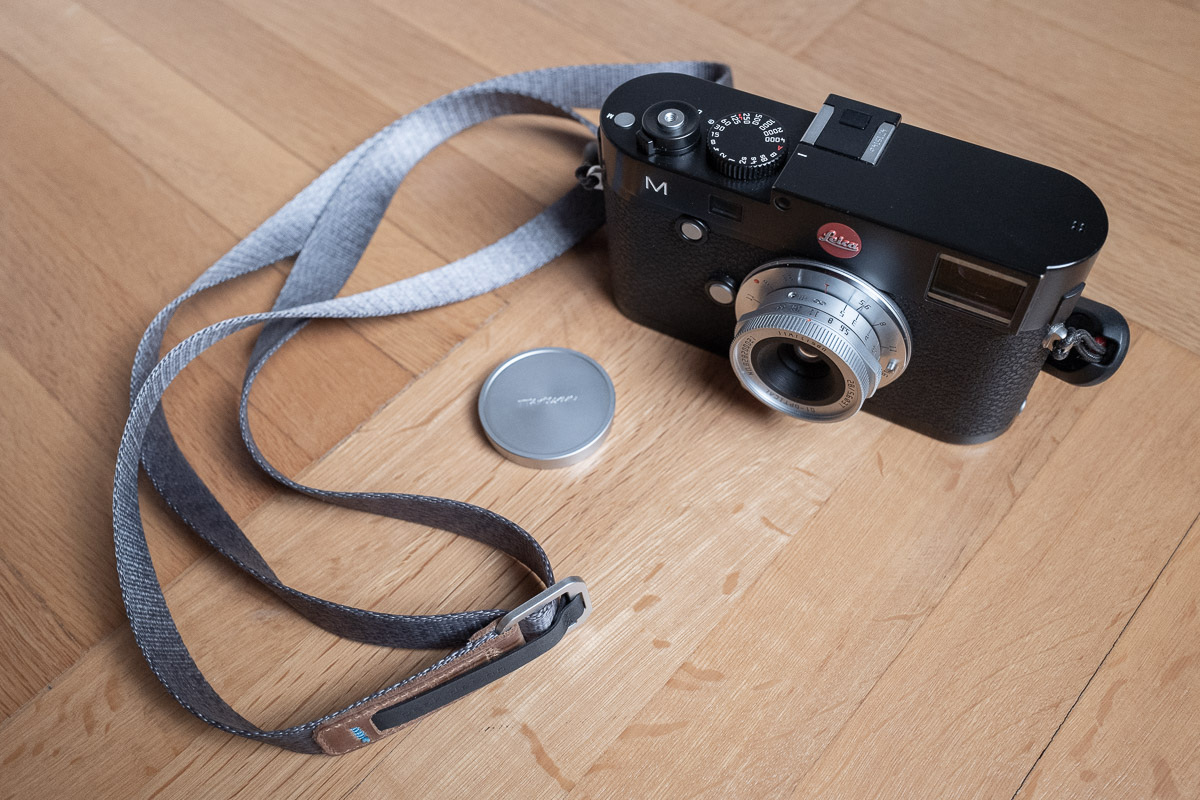
Leica relaunched a classic vintage lens that was primarily intended for street photography in 2016, namely the Leica M 28mm 5.6 Summaron.
A unique selling point of the Summaron is not only the not very high light intensity of f/5.6, but also a very compact size and an exciting vintage look. So it can definitely be considered an unusual lens.
Now the Chinese manufacturer TTArtisan has launched its version of the 2600.- expensive Leica lens for the Leica M-Mount.
As expected, the TTArtisan M 28mm F5.6 is extremely similar to the Leica lens, evil tongues would speak of a copy.
However, it only costs a fraction of the Leica Pondond and therefore the lens should be an interesting alternative to the expensive Summaron.
As an enthusiastic street photographer, I was able to borrow the lens for ten days and test it on my Leica M 240.
This article was created in cooperation with Jo Geier and his camera store Jo Geier - Mint & Rare (advertising) in Vienna's Westbahnstraße, but without influencing what was written in this article.
In my TTArtisan M 28mm F5.6 test, we will now take a closer look at how this small and very special lens performs in practice.
TTArtisan M 28mm F5.6 Test
External Apperance
The presentation of the lens and the first impression are convincing, because TTArtisan delivers the product in an attractive black box with subtle golden lettering.
Nice presentation of the TTArtisan M 28mm F5.6
In addition to the lens, you will also find a lens cap and a lens hood as supplied accessories, both of which, like the lens, are made of metal.
I think it's really great, because there are one or two manufacturers who still charge a lot for a lens hood despite the high price of the lens.
The black lens hood can be fixed with a screw and provides a nice contrast to the chrome lens.
Lens with screw-on lens hood
However, once the lens hood is attached to the lens, the lens cap can no longer be attached in front of the lens, so you have to decide between a lens hood or a cap.
If you work without a lens hood, you have to pay a little attention to the cover. It's not that tight and you shouldn't lose it if possible.
Like the original from Leica, the lens is very compact, weighs just under 150 grams and looks discreet and chic on the Leica M.
TTArtisan M 28mm F5.6 on the Leica M 240
In general, the TTArtisan M 28mm feels valuable and changing the focus and aperture on the corresponding rings is pleasant and has good resistance.
The aperture on this lens can be adjusted in full f-stops and there is a depth of field scale on the lens barrel.
The focus ring has a lever for focusing, which locks in the infinity position and can be released again with a button - a practical setting option on a wide-angle lens with a lot of depth of field.
Lever on the focus ring with lock and button to release the infinity position
All in all, a high-quality, small and inconspicuous metal lens that only has a minimum depth of 18 mm and, together with the Leica M, is perceived as very inconspicuous, just as street photographers like it.
Coding on the Leica M
The lens works really well with the manual lens recognition on my Leica M 240.
I use the correction profile of the Leica 28mm f/2.8 11804 and only noticed a minimal color cast at the edges when I looked very closely.
This does not occur in every recording situation and is not a big deal in my opinion.
Virtually no color cast on the edges
Sharpness
Of course, with a very reasonable lens you have to consider the image quality in relation to the price and I didn't really have too many expectations of the lens.
Typical for TTArtisan, but this lens is also good for some surprises.
The following images are converted JPEGs taken from almost unprocessed RAW files from my Leica M 240. Occasionally I slightly adjusted the brightness with the exposure slider in Lightroom.
First of all, let's look at the sharpness at an open aperture of f/5.6.
In the center of the image, the sharpness is really excellent, there is nothing to complain about.
Image sharpness with an open aperture of f/5.6
Really good in the center of the picture
Unfortunately not at the edge
However, the sharpness decreases noticeably the further you get into the edge areas . Unfortunately, it is washed out especially at the outermost corners, as can be clearly seen in the last picture at the top right.
At f/8-11, sharpness is consistently good in the center and, as expected, gets better towards the edges when stopped down.
However, the edges cannot be described as really sharp. The outermost corners are better when dimmed, but the drawing is still much softer than in the center of the image.
When stopped down, the sharpness towards the edge is better (here at f/8)
100% enlargement of the center of the image (f/8)
100% enlargement of the image border (f/8)
All in all, a drop in sharpness towards the edge of the picture is visible, the lens from f/5.6 - f/11 is only razor sharp in the middle, but stopping down definitely helps.
Color representation, contrasts and bokeh
The lens is the second from TTArtisan that I was allowed to test, and as with the TTArtisan 21mm F1.5, the color representation is very saturated and the image drawing shows strong contrasts.
Anyone who likes this look will be happy with both parameters of the TTArtisan M 28mm F5.6, as the following pictures show.
Strong saturation...
...and contrasts...

...also corresponds to the look of other TTArtisan lenses
With an open aperture of f/5.6 and a closest focusing distance of one meter, the lens is not a suitable tool for extended focus-blur gradients.
The bokeh, which is still subtle with extensive backgrounds at f/5.6, is quite appealing.
Bokeh at f/5.6, the focal point is on the tree trunk...
...and here on the leaves
Vignetting and distortion
The TTArtisan M 28mm F5.6 shows a noticeable vignette with an open aperture, which does not disappear even when stopped down to f/8 and f/11, but is not really noticeable.
Vignette at f/5.6
With a slight barrel distortion the lens performs well.
Slight barrel distortion...

...which can be easily corrected
To the best of my knowledge, there is no correction profile in Lightroom at the beginning of 2022 but the distortion can be easily corrected by moving the distortion slider slightly.
Chromatic aberrations and backlighting
The TTArtisan M 28mm F5.6 performs well in the area of chromatic aberrations.
In several critical shooting situations, I could not see any excessive purple color fringes at the contrasting edges, as you can see in the following image.
Good performance with chromatic aberrations...
...even in critical recording situations
Of course, behavior in backlight always depends on the positioning of the lens and varies greatly depending on the alignment of the lens.
When shooting against the sun, I repeatedly encountered a characteristic lens flare with the TTArtisan M 28mm F5.6, which has a circular shape and definitely has character.
Lens flare in backlight
Stopped down, as here with an aperture of f/22, a six-pointed sun star is created in the backlight, which, however, must definitely be described as restless due to its irregular shape.
Sun Star at f/22
Conclusion - TTArtisan M 28mm F5.6 Test
Before I draw a conclusion on the performance of the lens, I would like to emphasize again that I really want to compare the quality of the lens to its price.
To recap, the lens is...
...a very reasonable alternative to the expensive and very compact Summaron with an exciting and popular focal length of 28mm.
...made to a high standard, feels really good on the Leica M and comes with a metal lens hood and lens cap.
...crisp sharp in the middle, but shows a sharpness drop towards the edge and a softer definition at the edges.
...like other lenses from TTArtisan, it shows high-contrast and saturated colors.
...a good performer in terms of vignetting, distortion, and chromatic aberrations, but produces a less appealing sun star when stopped down.
No, the lens isn't Leica quality and you don't get the classic vintage look that distinguishes the Summaron, which is ten times more expensive.
However, what you definitely get with the TTArtisan M 28mm F5.6 is good build quality and decent image quality for a very low price.
And so the lens is really recommendable from these points of view and with its high-contrast and saturated color look surely makes fun as a tool for street photography.
Stefan Czurda is running his website with the timeless name: Stefan Czurda Fotoblog, or SC-Fotoblog for short.
He shares his experience as a hobby photographer and writes down everything he has learned while taking photos over the last ten years.






















